Table of Contents
-
Introduction to Uses of Kratom
- Understanding Kratom: Types, Forms, and Consumption
- What Are the Different Types of Kratom?
- What Forms Does Kratom Come In?
- Uses of Kratom: From Tradition to Modern-Day
- How Is Kratom Consumed?
- Conclusion
- FAQs
Introduction to Uses of Kratom
Imagine a plant leaf that has been chewed by farmers in Southeast Asia for centuries to keep fatigue at bay, manage pain, and lift spirits during long workdays. That plant is kratom, a tropical tree native to countries like Thailand, Indonesia, and Malaysia. While traditionally used in indigenous practices, kratom has now gained global attention for its unique properties and diverse effects.
But with popularity comes curiosity, and controversy. What is kratom used for? Is it safe? What types exist, and how do people take it?
In this deep dive, we’ll explore the uses of kratom, its different types and forms, methods of consumption, and its traditional and modern-day applications. Whether you’re new to kratom or seeking clarity, this guide is here to help you understand the herb’s place in wellness, culture, and everyday life.
Key Takeaways
Kratom is a natural herb traditionally used in Southeast Asia for pain relief, energy, and endurance.
- It comes in several strains, red, green, white, and yellow, each with unique effects.
- Kratom is available in powder, capsules, tea, extracts, and more.
- Consumption methods vary from “toss and wash” to brewing tea or mixing in smoothies.
- People use kratom for pain, anxiety, mood enhancement, and recreation.
Traditional and modern-day uses differ, but the herb continues to raise both interest and concern globally.
Understanding Kratom: Types, Forms, and Consumption
Kratom (Mitragyna speciosa)strains are primarily distinguished by the color of the veins in the leaves. Each strain originates from a particular region in Southeast Asia and is associated with specific effects. Here’s a closer look:
What Are the Different Types of Kratom?
Kratom comes in several types, typically categorized by vein color. red, green, and white, each offering unique effects. Red vein kratom is often used for relaxation, white for energy and focus, and green for a balanced blend of both.
Red Vein Kratom:
Known for its calming and sedative properties. Often used for pain relief, better sleep, and stress reduction.
Red Vein Kratom is widely known for its deeply relaxing and pain-relieving effects, making it a go-to choice for evening use. It’s often used to support restful sleep, ease chronic discomfort, and reduce stress. Favored by those seeking calm and relief, it works best in moderate to higher doses.
Green Vein Kratom:
Offers a balanced experience, providing both mild energy and relaxation. It's often preferred by beginners. Green Vein Kratom provides a balanced blend of mild stimulation and pain relief, making it a versatile option for daytime use. It’s often used to ease mild anxiety while maintaining mental clarity. Ideal for social settings, it promotes calm focus without heavy sedation or overstimulation.
White Vein Kratom:
A stimulating strain associated with increased focus, alertness, and mood elevation.White Vein Kratom is prized for its stimulating, mood-lifting properties, making it a popular choice for mornings or times requiring sharp focus. It may enhance energy, motivation, and mental clarity. Best used in low to moderate doses to avoid overstimulation, it's often favored as a natural alternative to caffeine.
Yellow Vein Kratom:
Yellow Vein Kratom is believed to be either a carefully crafted blend of different vein colors or the result of a specialized fermentation or drying process, often involving white or green veins. This unique preparation alters the alkaloid profile, creating a distinct strain with moderate potency.
Yellow Vein is known for providing a smooth, balanced experience, offering mild to moderate stimulation alongside mood enhancement and subtle relaxation. It typically delivers uplifting effects without the jitteriness associated with some white strains, making it a popular choice for those seeking gentle energy and emotional balance throughout the day.
While these types aren’t scientifically classified, they are widely recognized within the kratom community for their distinct effects.
What Forms Does Kratom Come In?
Kratom is available in various physical forms to match different user preferences and lifestyles. From powders and capsules to extracts and teas, each form offers a unique way to experience its effects. This versatility makes it easy to choose a method that fits your routine.
Kratom Resins and Tinctures:
Resins are semi-solid, waxy substances made from concentrated kratom, while tinctures are alcohol-based liquid extracts. Both forms are highly concentrated and provide long-lasting effects. They are less common but valued by users looking for potent results in small doses. Proper storage is essential to maintain their efficacy over time.
Apart from these, there are tinctures like Goldenglow by Supramood, which contains Kratom with other calming natural ingredients for the best combination to enhance relaxation and boost mood. These forms allow users to tailor their consumption to personal preferences, from casual users to those seeking specific effects.
Kratom Powder:
Kratom powder is made by finely grinding dried kratom leaves. This is the most common and widely available form. It’s known for its versatility and fast absorption. Users often mix it into smoothies, juices, or tea, or use the “toss and wash” method, where the powder is placed directly in the mouth and washed down with water. While effective, its earthy, bitter taste can be unpleasant for some.
Kratom Capsules:
Kratom capsules offer a convenient and taste-free way to consume kratom. Each capsule contains a pre-measured amount of powder, making it easy to control dosing. Capsules are ideal for beginners or those who prefer a discreet, portable option. However, they may take slightly longer to kick in compared to powder due to the digestion time of the capsule shell.
Crushed Kratom Leaves:
Crushed leaves are less processed than powder and represent a more natural form of kratom. They are commonly used to brew kratom tea, which allows users to enjoy the effects while reducing some of the bitterness. Crushed leaves may provide a milder experience and are popular with traditional users seeking a more ritualistic or holistic approach.
Kratom Extracts:
Kratom extracts are concentrated forms made by boiling down kratom powder or leaves into a thick resin or liquid and then drying it. These are significantly more potent and are used by experienced users seeking stronger or faster effects. Extracts come in various strengths and must be dosed carefully to avoid overstimulation or tolerance buildup.
Kratom Liquid Shots:
Kratom liquid shots are pre-measured beverages infused with kratom extract. They're marketed for energy, mood enhancement, or relaxation, depending on the strain used. Highly portable and convenient, they appeal to wellness and fitness consumers. These shots are fast-acting but can be expensive and vary widely in quality and potency.
Red vs. Green Kratom:
Red and green kratom are frequently compared due to their widespread use. Red kratom is commonly chosen for its sedative and pain-relieving effects, making it suitable for evening or nighttime use. In contrast, green kratom offers a milder energy boost and subtle mood enhancement, often used during the day. People looking for balance between stimulation and relaxation tend to prefer green strains, while those dealing with chronic pain or insomnia might lean towards red varieties.
Red vs. White Kratom:
While red is known for its soothing effects, white kratom stands at the opposite end of the spectrum. White strains are energizing and uplifting, sometimes likened to a strong cup of coffee. They're favored by students, professionals, and those battling fatigue. Red, on the other hand, helps users unwind and relieve physical discomfort. The choice between the two often depends on the time of day and specific user needs.
Best Kratom for Anxiety
Among kratom users, red strains, particularly Red Bali and Red Borneo, are commonly praised for their anxiety-reducing properties. These strains can promote calmness without inducing drowsiness at lower doses. Green Maeng Da is also popular for its ability to uplift mood and reduce social anxiety. However, individual experiences vary, and users are encouraged to start with small doses and monitor their response.
Uses of Kratom: From Tradition to Modern-Day
Kratom has been traditionally used in Southeast Asia for energy, pain relief, and mood support. In modern times, it’s embraced for similar reasons, helping with focus, relaxation, and overall wellness, across a growing global community.
What Is Kratom Used For?
The uses of kratom range widely across cultures and personal experiences. Traditionally, it was used by laborers in Southeast Asia to combat fatigue and pain. In modern contexts, people report using kratom for:
-
Pain relief from conditions like arthritis, migraines, and injuries.
- Energy enhancement, especially with white or green strains.
- Mood elevation and anxiety reduction.
- Improved focus and mental clarity.
Relief from withdrawal symptoms in those recovering from opioid dependency (an area of growing interest and debate).
Although anecdotal evidence supports these uses, scientific studies are still catching up.
Best Kratom for Pain and Energy
For dual purposes, pain relief and energy boost, users often turn to Green Maeng Da. It’s known for its high potency and balanced effects. Another popular choice is White Maeng Da, which leans more toward stimulation but still offers mild pain relief. Meanwhile, Red Bali remains a go-to for those prioritizing pain management with a touch of relaxation.
Kratom and Depression
Can kratom help with depression? The answer isn’t straightforward. Some users report improved mood and motivation after consuming kratom, particularly green and white strains. However, these experiences are largely anecdotal. Limited scientific research suggests kratom’s alkaloids may act on brain receptors that influence mood, but more robust clinical trials are needed. As with any mental health concern, users should consult healthcare professionals before relying on herbal remedies.
Kratom and Antipsychotics: Safety Concerns
Combining kratom with prescription medications, especially antipsychotics, carries potential risks. Kratom affects brain chemistry and can interact with other substances in unpredictable ways. Some case studies report negative reactions when mixed with psychiatric drugs. It’s strongly advised to consult a medical professional before mixing kratom with any prescription medications to avoid adverse interactions.
Indigenous and Traditional Uses of Kratom
In rural villages of Thailand and Malaysia, kratom has been part of daily life for generations. Traditionally, farmers chewed fresh kratom leaves to boost stamina during long work hours. It also played a role in rituals, medicine, and social interactions. Locals used it to treat diarrhea, wounds, coughs, and infections, often as a more accessible alternative to modern medicine.
Recreational Use of Kratom
Some individuals use kratom for its mild euphoria, stress relief, and enhanced sociability. While its effects are not as intense as narcotics, kratom can provide a subtle “high” that promotes relaxation and enjoyment. However, this recreational use has led to concerns about dependency and regulation, prompting authorities in some countries to ban or control kratom distribution.
Global Usage Trends
Kratom use is expanding rapidly beyond Southeast Asia. In the United States alone, surveys suggest that 2–3 million people use kratom regularly. It’s available in wellness shops, online stores, and smoke shops. In Europe, the herb is also gaining traction, though regulatory status varies widely. As kratom enters the mainstream, conversations around safety, regulation, and research continue to evolve.
How Is Kratom Consumed?
Kratom can be consumed in multiple ways, such as mixing powder into drinks, swallowing capsules, or brewing tea from crushed leaves. Each method offers a different onset time and intensity, allowing users to tailor their experience to specific needs.
Toss and Wash:
The quickest method, users toss the powder into the mouth and wash it down with water or juice.
Brewing Tea:
A traditional method where crushed leaves or powder are simmered to make kratom tea.
Capsules:
Convenient and tasteless, ideal for accurate dosing.
Mixing with Drinks:
Smoothies or citrus juices help mask the bitterness and improve absorption.
Sublingual Use:
Some extracts are placed under the tongue for faster absorption.
Each method has its own onset time and duration of effects, making it a flexible herb for various lifestyles.
Conclusion
Kratom is a multifaceted herb with deep traditional roots and growing modern relevance. Its types, red, green, white, and yellow, offer diverse effects ranging from pain relief to energy enhancement. It comes in powders, capsules, teas, and extracts, making it accessible in various forms.
People turn to kratom for physical relief, emotional support, and even recreational use. While the uses of kratom are vast, the herb isn’t without risks, especially when mixed with medications or used irresponsibly. Scientific research is still evolving, but kratom’s cultural and therapeutic significance cannot be ignored.
As always, consult a healthcare provider before starting any new herbal regimen, especially if you’re on medication or have pre-existing conditions.
Among the many kratom options available, GoldenGlow by Supramood stands out as a premium blend known for its smooth, balanced effects. Crafted for users seeking a gentle energy lift paired with mood enhancement, GoldenGlow combines the best traits of white and gold vein kratom. Its fast-acting, clean finish makes it a favorite among both beginners and experienced users looking for a reliable daily boost without the jitters.
Frequently Asked Questions (FAQs)
What are the various types of kratom available?
Red, green, white, and yellow vein kratom, each with distinct effects and origins.
In what physical forms can kratom be found?
Powder, capsules, crushed leaves, extracts, tea, liquid shots, and tinctures.
What is red kratom used for?
Primarily for pain relief, stress reduction, and improved sleep quality.
What is the difference between red and green kratom?
Red is more sedative and relaxing, while green is balanced, offering both energy and calmness.
What kind of kratom is best for pain and energy?
Green Maeng Da is a top choice for its dual action properties.
What is the traditional use of kratom?
Used in Southeast Asia for stamina, pain relief, social rituals, and as herbal medicine.
What is earth kratom used for?
“Earth kratom” is often a brand name rather than a specific strain, but users report it being used for similar effects like relaxation, mood support, and energy.
What forms does kratom come in?
Capsules, powders, crushed leaves, extracts, resins, and drinks, offering flexible consumption options.

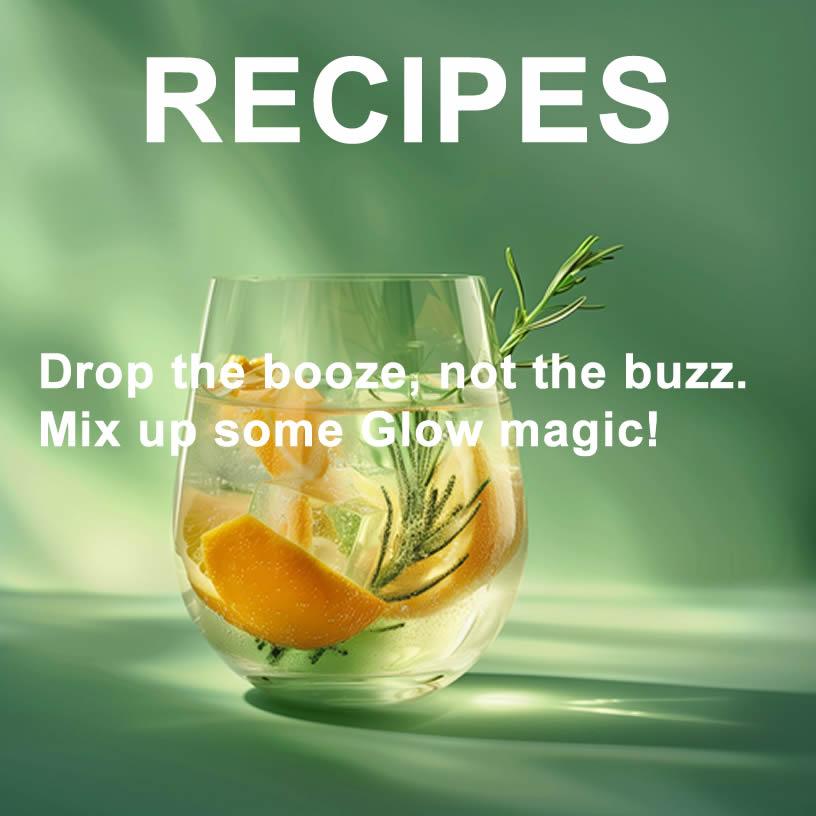

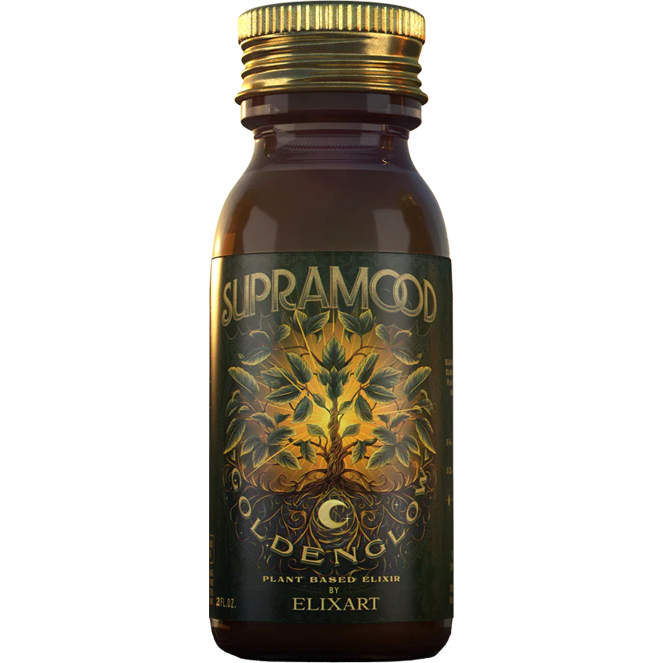
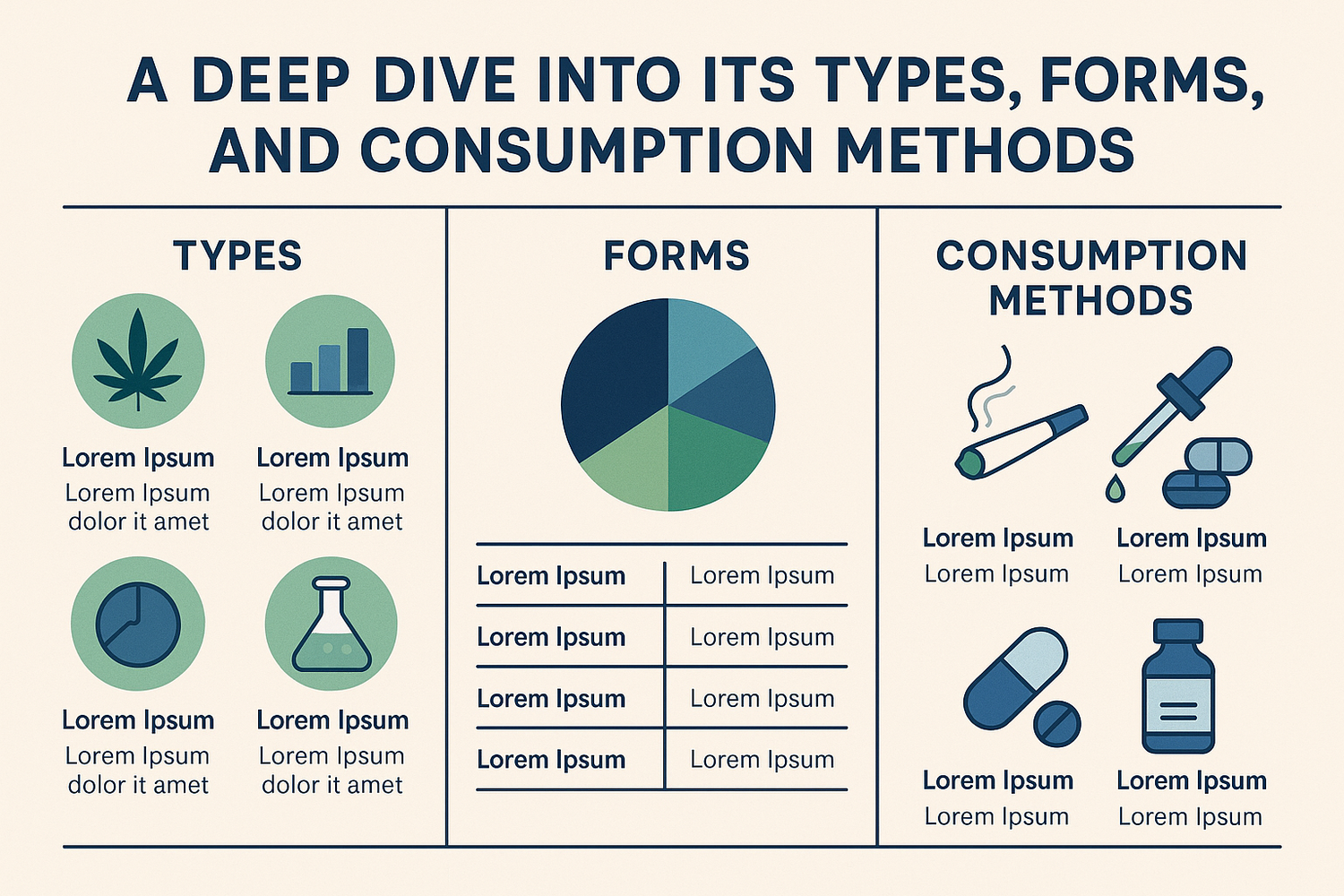
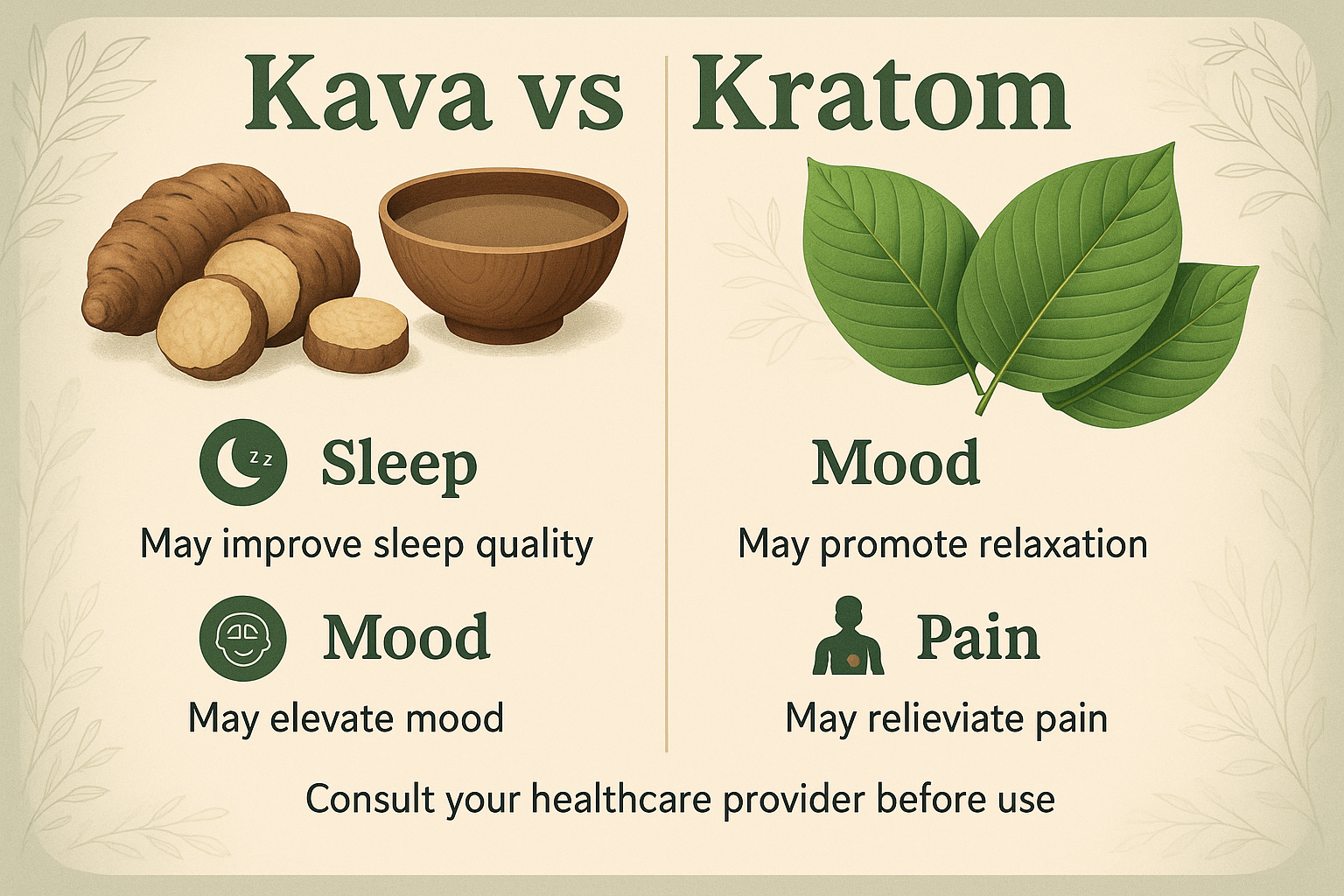
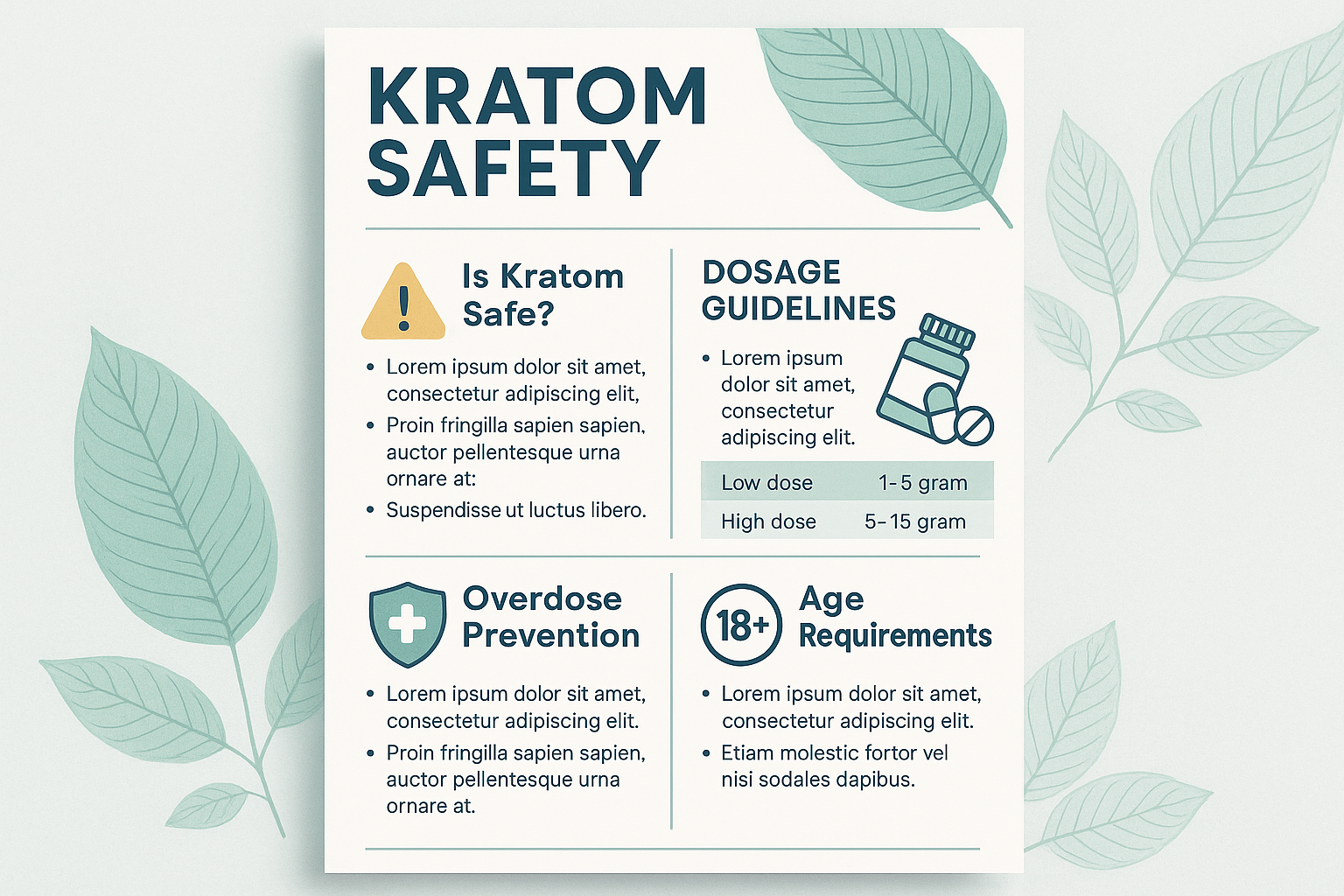
Leave a comment
All comments are moderated before being published.
This site is protected by hCaptcha and the hCaptcha Privacy Policy and Terms of Service apply.